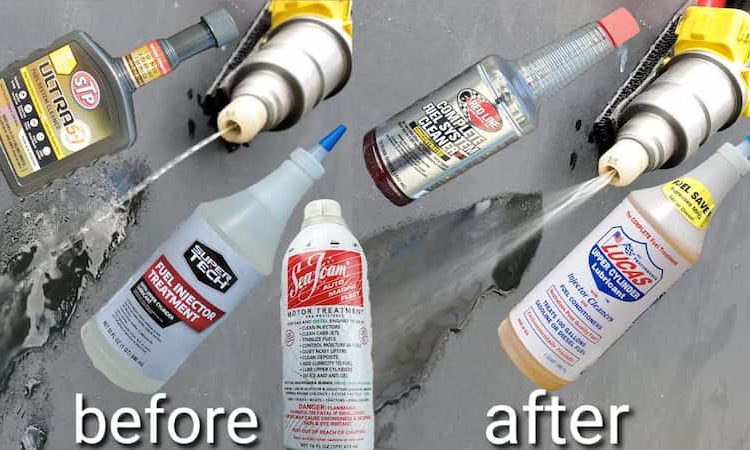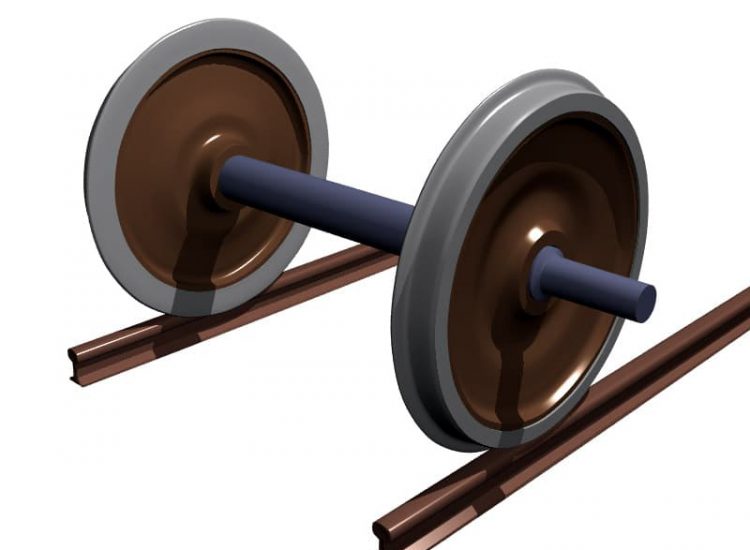As you all know, to form a complete wheel system, it will be impossible not to use wheel bearings. This part has the primary function of ensuring the stable operation of the wheel during the transfer.
Toc
So, how to tell which wheel bearing is bad front or back? And how to detect wheel bearing problems? The following article will guide you in identifying and checking wheel bearings when this part has issues.
What Are Car Wheel Bearings?
Automotive wheel bearings are an integral part of every wheel system. Another name knew it as wheel bearing. In essence, a wheel bearing is a metal ring that contains steel balls around it.
It is in the center of the wheel. The primary function of this type of ring is to reduce friction during the wheels’ rotation and ensure the vehicle’s stable operation during the process.
In addition to wheel bearings, the components that make up this system will need ball bearings and precision roller bearings. It has the effect of supporting the entire weight of the vehicle. In addition, because the approach is not lubricated continuously, it will wear out over time.
Therefore, you need to check the bearing system regularly to avoid this part affecting the entire tire and engine. Patching a tire due to a problem will cost a lot of money for users.
So, how to recognize and check for problems related to wheel bearings? When encountering these phenomena, what should drivers do? You can refer to the identification signs below.
Read More: Are Wheel Locks Worth It? Tip For Beginners
How To Tell Which Wheel Bearing Is Bad Front Or Back?
Watch out for strange noises
Strange noises are one of the most common signs you can detect when your wheel bearing system is malfunctioning. This noise usually occurs when the bearings are drying.
At this point, the noise will increase as the vehicle accelerates and can come from the front or rear. In addition, it can make a rumbling noise when you are driving on a straight road. The noise gets louder as you prepare to turn and turn.
When the noise is too loud, you can hear more clicks. At this time, be careful when moving forward because this noise indicates that your wheel bearing system is damaged or broken. It will probably disable your car.
How to know which side of your wheel has bearing problems? A simple way is to slow down the car and shake the wheels gently.
If the sound appears when you move to the left, your right wheel is likely suffering from bearing failure. And you can ultimately try the opposite with the other wheel.
Tire check
Tire inspection is the following way to identify wheel bearing problems. Because the tires of the car wear unevenly, the bearing is likely at that wheel position. However, you also need to check the life of the tire set.
Because any set of tires will wear out after a period of use. Therefore, this test method can lead to two different consequences if the tire is over time: tire wear due to time or bearing system failure.
Read More: How To Fix Low Tire Pressure? 5 Easy Steps
Wheels wobble when in motion
Another symptom that you can use to identify failed wheel bearings is wheel wobble. You will feel the car shake at that time, and the wheel control will be less responsive.
In particular, when you turn the wheel, you will find it very difficult because the wheel system no longer works exactly as before.
Side traction when braking
Bearing-related problems can be caused: system failure, rotor wear, or balancer failure. All of these causes will cause your car’s system to experience loose brakes.
Whenever you apply the brake, your vehicle will move as if it were centered and pulling in a particular direction. At this point, check the bearings on the side to which the trailer is towed.
Signs Of A Broken CV Joint
The car shakes when in operation
When your car shakes, it could be a faulty wheel bearing or a damaged CV joint. If the CV joint fails, you will feel the phenomenon of your car shaking more and more intensely.
Because the shaft joint has oil reservoirs while the shaft rotates and the center keeps it from overflowing. As a result, the absence of oil can cause the CV coupling to fail and your vehicle to experience vibrations.
Knock appears
Engine knocking when accelerating is the next most likely sign that your CV matching is having problems. However, you need to specify where the knock appears.
Because this sound can come from your engine side. At this point, another part of your engine system is also experiencing problems.
Some Frequently Asked Questions
How do I know if my rear wheel bearings are bad?
Recognizing that your rear wheel bearings are damaged is quite simple; you can rely on 1 of the 4 signs below:
- Reduce acceleration while driving
- m strange sound appeared
- Uneven tire wear
- Vibrating steering wheel
When you encounter 2 of the 4 signs above, the rear wheel bearing system certainly has a problem. You will need to check and troubleshoot to ensure the safety of both people and vehicles.
What is the difference between lousy CV joints and bad wheel bearings?
To distinguish between CV coupling and wheel bearing problems, you can rely on their sound.
With a CV joint, it will make a clicking sound when rotating. The wheel bearing will make a continuous noise even when you are hard on the straight road and turning the car.
What happens when rear wheel bearings fail?
When a wheel bearing fails, it can cause your car to be disabled. In addition, this part will cause the tire system to wear unevenly. Using a vehicle with a damaged wheel bearing for a long time will make you feel uncomfortable by the sounds that appear.
Conclusion
Hopefully, this article will help you better understand how to identify and check for front and rear wheel bearings problems. To accomplish this task, you can rely on characteristic signs such as the appearance of knocking noises or decreased wheel sensitivity.
When you encounter any of these phenomena, quickly check and fix the problem in time. Because a faulty wheel bearing can be dangerous for both people and vehicles.

















